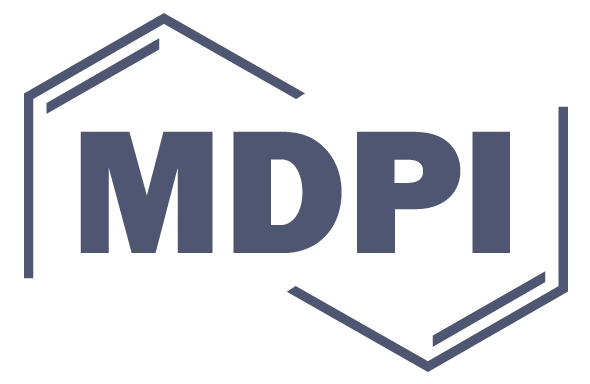The Core Proteome of Biofilm-Grown Clinical Pseudomonas aeruginosa Isolates
1
Institute for Molecular Bacteriology, TWINCORE GmbH, Centre for Experimental and Clinical Infection Research, a joint venture of the Hannover Medical School and the Helmholtz Centre for Infection Research, Hannover 30625, Germany
2
Research Core Unit Proteomics and Institute of Toxicology, Hannover Medical School, Hannover 30625, Germany
3
Department of Molecular Bacteriology, Helmholtz Center for Infection Research, Braunschweig 38124, Germany
4
Institute of Clinical Chemistry, Bioanalytics, University Medical Center Göttingen, Göttingen 37075, Germany
5
Max Planck Institute for Biophysical Chemistry, Bioanalytical Mass Spectrometry, Göttingen 37077, Germany
*
Author to whom correspondence should be addressed.
†
These authors contributed equally to this work.
Cells 2019, 8(10), 1129; https://doi.org/10.3390/cells8101129
Received: 26 August 2019 / Revised: 18 September 2019 / Accepted: 19 September 2019 / Published: 23 September 2019
(This article belongs to the Special Issue 25 Years of Proteomics in Cell Biology)
Comparative genomics has greatly facilitated the identification of shared as well as unique features among individual cells or tissues, and thus offers the potential to find disease markers. While proteomics is recognized for its potential to generate quantitative maps of protein expression, comparative proteomics in bacteria has been largely restricted to the comparison of single cell lines or mutant strains. In this study, we used a data independent acquisition (DIA) technique, which enables global protein quantification of large sample cohorts, to record the proteome profiles of overall 27 whole genome sequenced and transcriptionally profiled clinical isolates of the opportunistic pathogen Pseudomonas aeruginosa. Analysis of the proteome profiles across the 27 clinical isolates grown under planktonic and biofilm growth conditions led to the identification of a core biofilm-associated protein profile. Furthermore, we found that protein-to-mRNA ratios between different P. aeruginosa strains are well correlated, indicating conserved patterns of post-transcriptional regulation. Uncovering core regulatory pathways, which drive biofilm formation and associated antibiotic tolerance in bacterial pathogens, promise to give clues to interactions between bacterial species and their environment and could provide useful targets for new clinical interventions to combat biofilm-associated infections.
View Full-Text
Keywords:
bacteria; DIA; mass spectrometry; microbiology; SWATH
▼
Show Figures
This is an open access article distributed under the Creative Commons Attribution License which permits unrestricted use, distribution, and reproduction in any medium, provided the original work is properly cited
MDPI and ACS Style
Erdmann, J.; Thöming, J.G.; Pohl, S.; Pich, A.; Lenz, C.; Häussler, S. The Core Proteome of Biofilm-Grown Clinical Pseudomonas aeruginosa Isolates. Cells 2019, 8, 1129.
Show more citation formats
Note that from the first issue of 2016, MDPI journals use article numbers instead of page numbers. See further details here.
- Supplementary File 1:
ZIP-Document (ZIP, 13767 KB)






